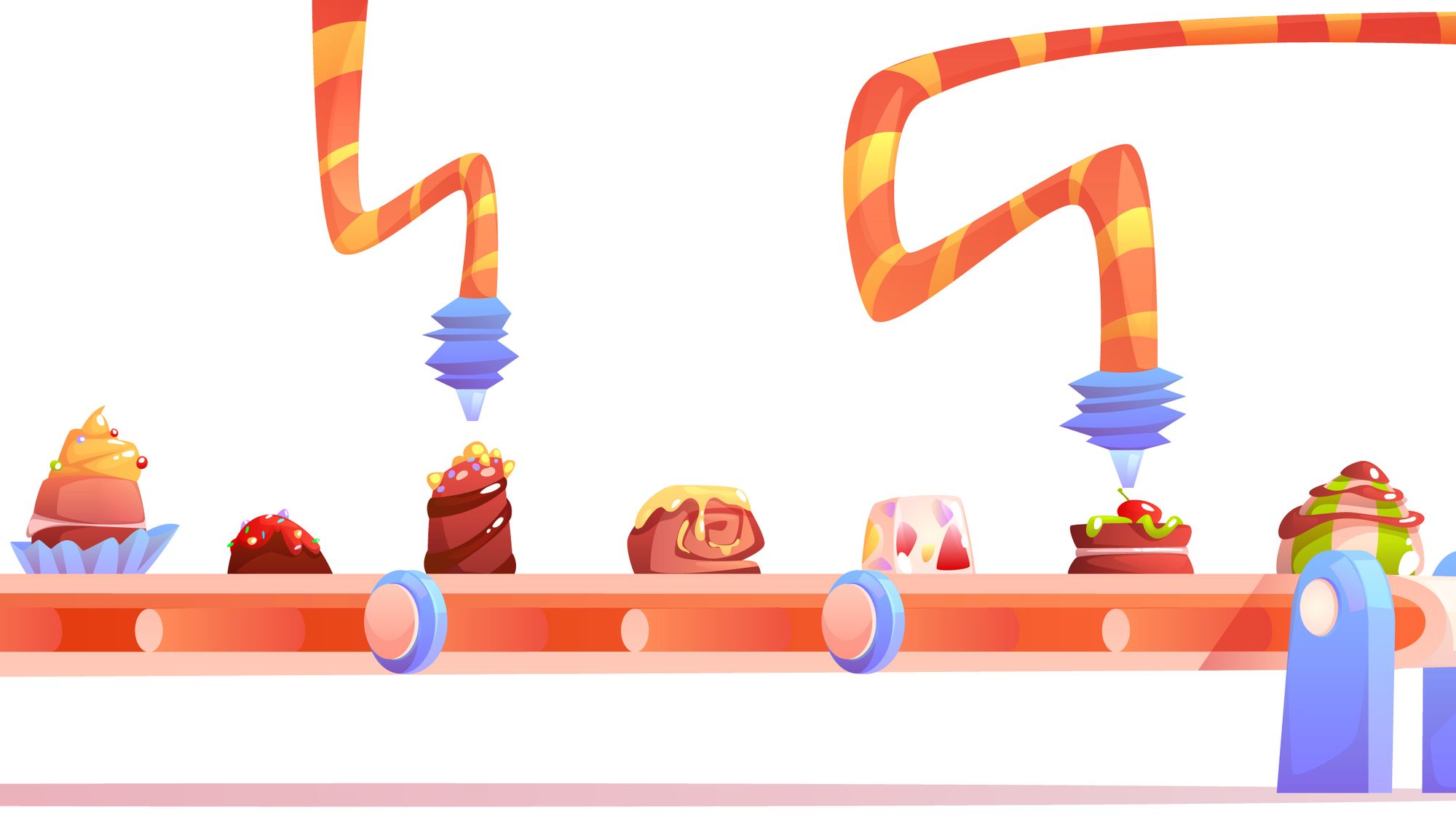Product Dig #3: Frictionless Experimentation
June 2022 2 min read
When assumptions are defined and hypothesis based on these assumptions listed it’s time to get down to experimenting. Now for how long should we experimenting?

Move fast
We know that it’s all about speed. Markets are unstable, competitors release new products often, we should be ahead of them. If we succeed in the experiment then we can go building our product for sale, right?
Not at all. Just think about the amount of variability included into the process. Let’s multiply an amount of choices that have to be made to launch a single experiment:
- Experiment type;
- Experiment scenario;
- Test users (channels, geography, behaviors);
- Value proposition and user benefits;
- Proof and content;
- Timing.
By setting up a single setting for the experiment we might be easily biased. As final results may be influenced by variety of unknown factors. Solution here is straight-forward - let’s setup an experiment for several audiences in different days of week and hours per day split testing with several different value propositions.
This we will make the data output from this single experiments to be more reliable. The problem still exists is that it’s no single rapid experimentation technique to test different parts of the business model.
Are we really experimenting?
On the other hand so called experiments that can prove a lot are not experiments at all. They are already built products. While our task is to go step-by-step an not to scale our efforts prematurely before we sure that the solution satisfies customers and we can produce it. Going into product building to prove that this product will sale, means that there is no experimenting happened.
Thinking entrepreneurial
We are looking for a solution for producing experiments that will be as quick as possible and will produce better results. Sounds like entrepreneurship within entrepreneurship.
I propose to go from the content for digital products. Once you created solid amount of fine quality content that describes your proposition well, you might go from one experiment to another each time reusing this content, adding one more thing to test. This way you might have a sequence of 3-5 experiments built on single big thing that was created for the first experiment.
As an example you may shoot a product video (1), to be posted on Youtube, social networks and etc. to test engagement metrics and check comments. Then to reuse it for online ad (2) then use it once again with an email campaign (3) then as a part of clickable prototype (4) finally and can it be used for a Kickstarter campaign (5).
Summary
Reusing components from previous experiments will speed up the process significantly. The key is in creating a right sequence of experiments with reusable components. It will make you able to launch experiments continuously without long preparations. It’s not a silver bullet solution but an approach to get better results with least efforts.